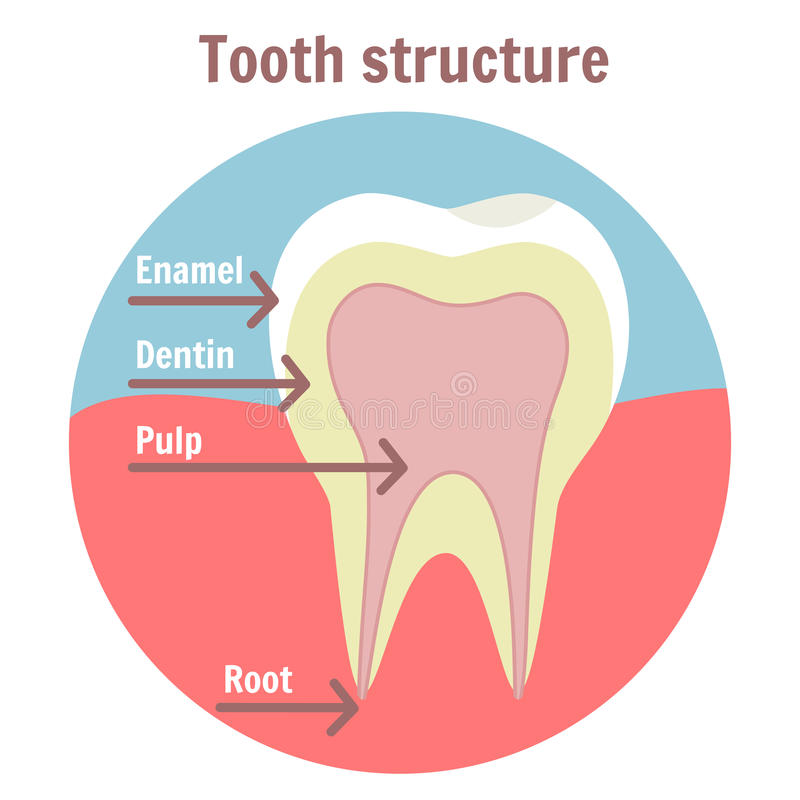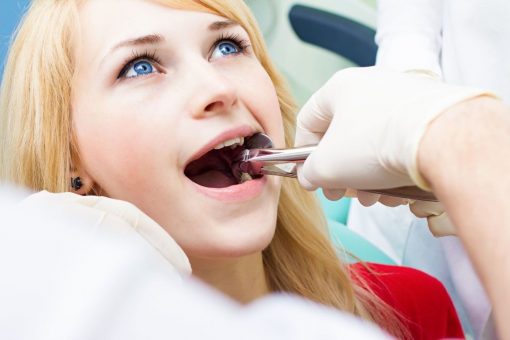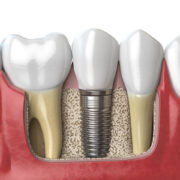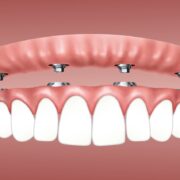Tooth extraction can be a traumatic experience for both the tooth and the patient. The procedure often leaves the gums swollen, tender, and in need of some TLC. In the quest to soothe these post-extraction woes, many people turn to ice cream, believing its coolness can provide relief.
But is eating ice cream after tooth extraction really the best choice for healing gums? Of course, this is not something most people think of when they hear about having a tooth extracted. There are several things to take into account before choosing whether or not to undergo the procedure. Nevertheless, even though getting your tooth extraction is somewhat painful, dentists agree that it is also one of the best ways to ensure that you don’t suffer from dental issues in the future. Here’s why!
Why Ice Cream After Tooth Extraction Recommended
Dentists may recommend ice cream after tooth extraction for several reasons:
- Reduce swelling: The cold temperature of ice cream can help constrict blood vessels, which can reduce swelling and inflammation around the extraction site.
- Soothe pain: The coolness of ice cream can provide temporary relief from pain and discomfort.
- Soft and easy to eat: Ice cream is soft and easy to eat, which is important when your mouth is sore and tender after tooth extraction.
- Hydration: Ice cream can help keep your mouth hydrated, which is important for healing.
However, it is important to note that ice cream should only be consumed in moderation after tooth extraction. Excessive consumption can lead to sugar overload, which can promote bacterial growth and slow down healing.
How Soon Can I Eat Ice Cream After Tooth Extraction
It is generally safe to eat ice cream after tooth extraction, but it is best to wait until the initial swelling and discomfort have subsided. This typically takes a few days to a week. Eating ice cream too soon can irritate the extraction site and slow down the healing process.
Here are some tips for eating ice cream after tooth extraction:
- Choose soft ice cream or yogurt. Avoid hard ice cream or popsicles, which can be difficult to eat and may irritate the extraction site.
- Eat small bites and chew slowly. This will help prevent further irritation of the extraction site.
- Avoid sugary ice cream. Sugar can promote bacterial growth, which can slow down healing.
- Rinse your mouth with water after eating ice cream. This will help remove any sugar or dairy that may be lingering around the extraction site.
If you experience any pain or discomfort after eating ice cream, stop eating it and contact your dentist.
What Happens When You Get Tooth Extraction?
When you get a tooth pulled out, your dentist will remove the tissue and bone surrounding the tooth itself. This process is known as extraction. When dentists extract teeth, they are trying to achieve two goals:
- Remove the tooth’s infection source – Your dentist will remove the tooth and the tissue surrounding it to get rid of the infection that’s spreading.
- Prevent future issues – When a tooth is decayed or has an infection, it often leads to significant gum disease and damage to nearby teeth. If the tooth is left untreated, it can also lead to a serious infection in your jawbone. These are the reasons why dentists recommend extraction over other treatment methods.

Do Dentists recommend tooth extractions over other methods?
- Impacted teeth: If a tooth is impacted, or is pushed back into the jawbone, it isn’t possible to treat it with a filling or root canal. Dentists will always recommend an extraction when this is the case.
- Badly decayed teeth: Some people don’t go to the dentist as often as they should. If a tooth has serious decay and requires a root canal, but the patient never went to the dentist to have it treated, their dentist will opt for extraction. Impacted teeth and badly decayed teeth both require more invasive and complicated procedures than fillings.

- Dentists will always recommend extraction before opting for more aggressive treatment. Tooth extraction is a dental option wherein a tooth is removed from its dental alveolus or socket.
- An oral surgeon primarily performs tooth extraction. However, general dentists and periodontists also carry out tooth extraction procedures as part of their core skills as dental providers.
What To Have After Tooth Extraction?
For at least 24 hours after your tooth extraction, you should consume only soft foods and liquids. You can ease into a more normal diet when you feel comfortable doing so.
Try to stick with easy-to-chew foods for a few days. Initially, choose cool foods like yogurt, pudding, Jell-O, and ice cream. If you choose ice cream, select a variety that does not contain crunchy or chewy candy pieces and avoid ice cream cones.
Apple sauce is a good choice after your tooth extraction because it will add some fiber to your diet.
After the first day, you might try mashed potatoes, mashed sweet potatoes, scrambled eggs, oatmeal, pancakes, and broth-based soups without large chunks of meat. Eat these foods lukewarm, not hot
What to not eat after tooth Extraction?
Generally, tooth extraction patients are advised not to consume alcoholic beverages for at least 24 hours following oral surgery. If you are taking powerful pain medications, avoid consuming alcohol until you’re no longer on the medicines. For about a week, it’s best to avoid eating hard, crunchy, chewy, or brittle foods like chips, nuts, and popcorn. You might also find it difficult to properly chew tough cuts of meat. Instead, try getting your protein from dairy products.
How your gums will recover after extraction
After your dentist has extracted your tooth, you will most likely experience some swelling and tenderness in your gums. This is normal and will pass within a few days. However, if your gums are swollen for a long period of time after the extraction, it might be a sign of an infection.

If your gums are swollen and you have had a tooth extraction, it is important to visit your dentist as soon as possible and let them know. They will be able to provide you with antibiotics that will get rid of the infection and reduce the swelling. If you don’t address the issue, the infection will spread to your jawbone and could cause you significant pain. While your gums are recovering, it is important to take care of them. You can do this by applying a warm compress to the affected area and taking pain relievers. It is also recommended to rinse your mouth with an antiseptic mouthwash up to three times a day.
A small cup of ice cream to ease your pain
When you have your tooth extracted, it is normal for your dentist to prescribe you painkillers. However, when it comes to choosing a painkiller, there are many options to take into account. If you go for a traditional painkiller, you will only be able to take it for a limited period of time.
As soon as your prescription runs out, you will have to look for an alternative. There are also other considerations, such as cost and potential side effects, to take into account when you are choosing a painkiller. – Some dentists recommend ice cream as a painkiller during the initial phase of recovery. The reason behind this is that ice cream contains a significant amount of sugar.
Conclusion
Getting your tooth pulled out is never something you want to do. However, it is something you might have to do if you are suffering from severe dental issues. When you get a tooth pulled out, your gums will be tender and swollen in the days that follow. This is something that you can easily treat at home with a few simple steps. You can also treat your pain and swelling by eating a small cup of ice cream. Although it might not sound like the best way to go about it, it can actually have a positive
© All rights reserved by Royal Dental Implants Pvt Ltd
Issued in public interest






